Bali provides a rich array of tropical habitats for animals, both on land and at sea. The chance to enjoy a close encounter with an exotic creature whilst exploring the island finds its way onto many travelers’ bucket lists. However, the sad fact is that mass tourism can often contribute to the poor treatment of animals – and Bali is no exception. At the same time, there are some places where you can spend time with animals in Bali and avoid causing them any harm (and even vice versa).
By the same token, the Island of the Gods is home to a selection of conservation programmes, animal shelters and rehabilitation centers that are doing their bit to protect Bali’s eclectic assortment of species. The trick lies in separating the establishments that put animal welfare first from those that are merely interested in generating a profit from visitors. As travelers grow increasingly eco-conscious, it’s now easier than ever to ensure your contribution to animal tourism is responsible and ethical. From volunteering opportunities to animal parks and conservation centers, we’ve rounded up an array of attractions for animal lovers to make the most of in Bali.
Dancing in the waves
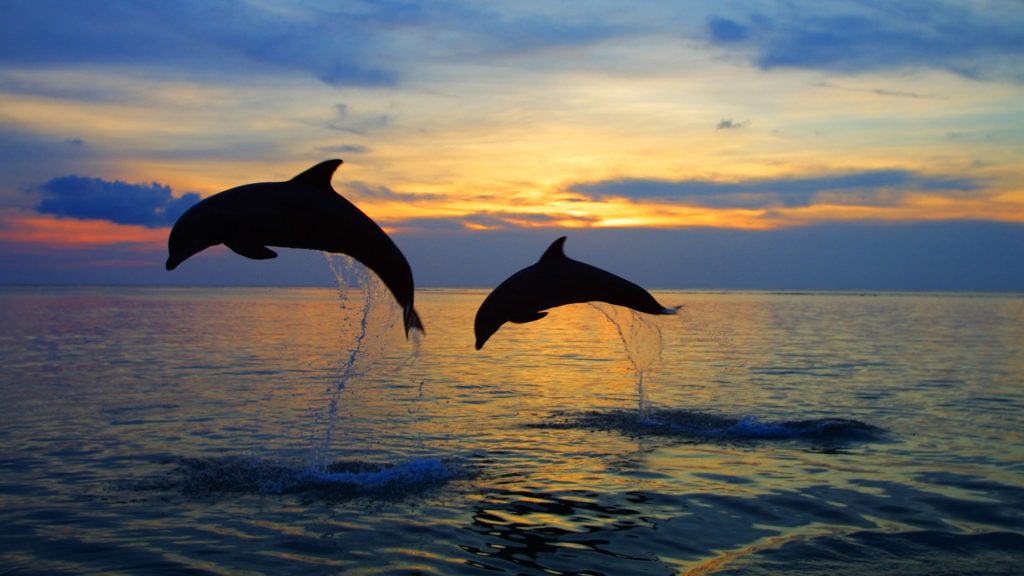
One of the most adorable, friendly sea creatures you’re likely to encounter in Bali is the dolphin, and the island is home to a number of establishments where tourists can go to see these creatures perform tricks for human entertainment. Sadly, at such venues, many of the dolphins are kept in cramped conditions in unclean water. That’s why a growing number of travelers are opting to do things the eco-conscious way and interact with these beautiful creatures in their natural habitat – the ocean.
Watching dolphins dance through the waves in their natural environment can provide a memorable experience for those exploring the delights of Bali, and there are plenty of opportunities available. For an experience oozing with a tropical wow factor, many visitors head to the northern region of Lovina for a spot of dolphin watching at sunset. Typically, you’ll be able to book onto a special dolphin watching tour that will pick you up from your place of accommodation and take you out on a boat at about 6 am to watch the dolphins frolic in the early morning sun. Tours can be arranged through a variety of establishments, including The Lovina Bali hotel.
Essential info:
Web: http://www.thelovinabali.com/en/
Tel: +62 362 3435 800
Address: Jalan Mas Lovina, Lovina, 81151, Singaradia, Bali, Indonesia
Facebook: https://www.facebook.com/THELOVINA.Bali.Resort/
A fresh start
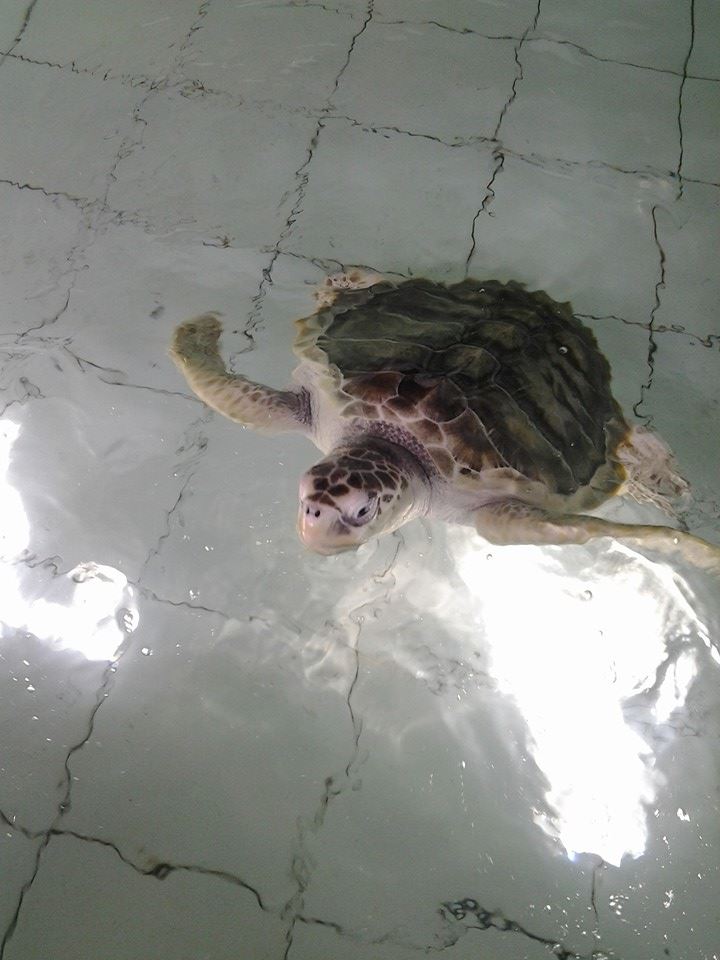
Thanks to hunting and development on the island’s beaches, Bali’s once-thriving turtle population is sadly dwindling. If you want to do your bit to help protect the turtles of Bali and spend some fun time with animals in Bali along the way, then include a visit to the Turtle Conservation and Education Centre (TCEC) in your travel itinerary. Situated on Serangan Island, south of Sanur, the center provides a small, protected space for turtle eggs to hatch before these remarkable creatures make their way to the ocean. Most of the turtles are kept at the center for about a month until they’re strong enough to make the journey to the sea, and weaker individuals will stay for longer. The center is also home to a sanctuary of tanks where larger or injured turtles can recover and gain strength. Visitors can also take part in the turtle release programme, which takes place between July and October.
Part of the center’s strategy to protect Bali’s turtles is by educating the local community in their conservation efforts. Turtle meat has long been consumed in Bali and employed in some religious rituals, and the center is working to make sure this practice dies out.
Essential info:
Web: https://tcecserangan.jimdo.com/
Tel: 0813 3849 0357
Address: Jalan Tukad Punggawa Lingkungan Ponjok, Serangan
Facebook: https://www.facebook.com/Turtle-conservation-education-center-serangan-island-1492016224396894/
Instagram: tcecserangan
Bark for Bali’s dogs
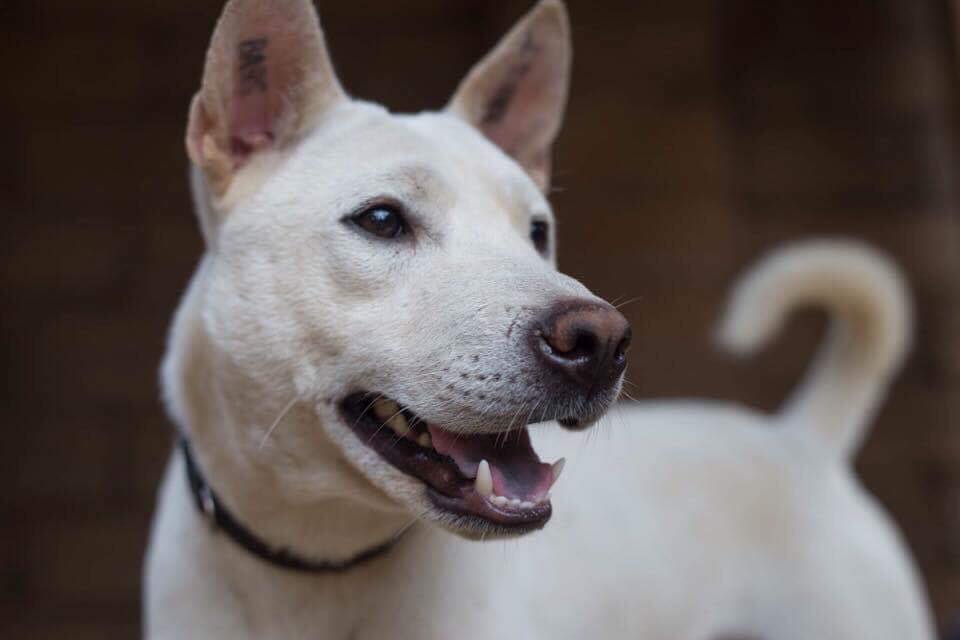
If you’re searching for an animal shelter in Bali, or perhaps even a volunteering opportunity, and an option to simply chill with animals in Bali at the same time, look no further than the Bali Dog Rehabilitation Centre (BARC) in Ubud. Like other Southeast Asian countries, Bali is home to a number of stray dogs. BARC’s mission is to care for these often-forgotten animals, offering vaccination and sterilization programmes, as well as providing these dogs with medical assistance when necessary.
Situated 40 minutes north of central Ubud, Warriors Legacy is BARC’s animal rescue sanctuary. It’s home to around 70 dogs, two horses, three pigs, birds and numerous monkeys – all of which have been rescued from the streets of Bali. The center aims to rehabilitate each of these animals, and where possible, return them to the wild. There’s an established programme for long-term volunteers who want to help out at the shelter. Alternatively, visitors can lend a hand at BARC’s adoption center by taking dogs for a walk, giving them a bath or even just cuddling them so they get accustomed to love and affection. Visitors can also book onto a tour of Warriors Legacy. These take place on Sundays, Tuesdays, and Thursdays, and it’s advised that you call ahead to book your place in advance.
Essential info:
Web: https://barc4balidogs.org.au/
Tel: +62 812 3848 5224
Address: Jl Raya Pengosekan, Pengosekan, Ubud, Bali, Indonesia
Facebook: https://www.facebook.com/BaliDogAdoptionRehabilitationCentre/
Instagram: barc4balidogs
Protecting Bali’s natural treasures
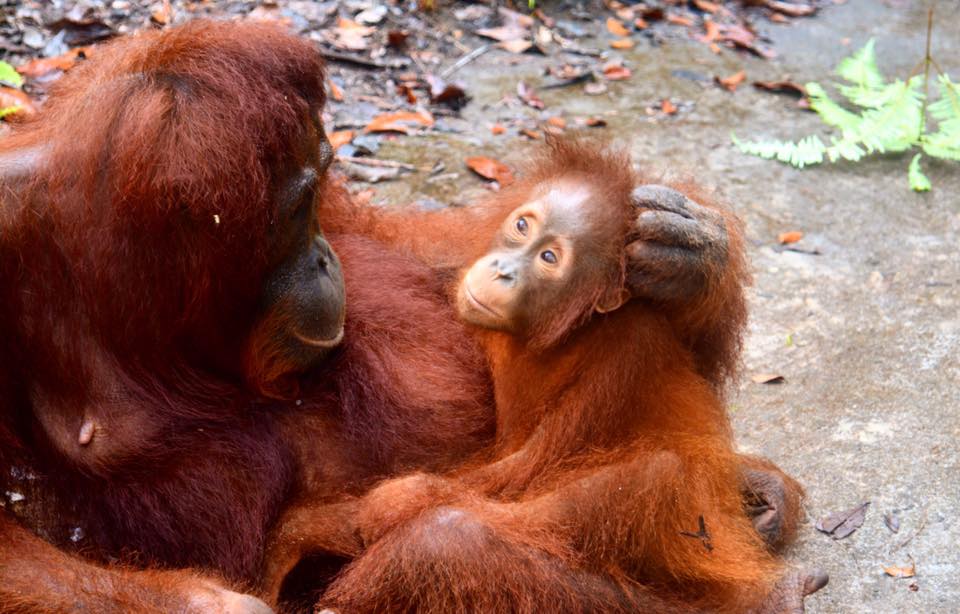
If it’s Bali animal volunteering opportunities you’re after, then the Friends of the National Parks Foundation (FNPF) offers one- to three-week placements in the Bali Wildlife Rescue Centre. The center’s aim is to care for and rehabilitate endangered native animals back into their natural habitat. The center in Tanan, southwest Bali, is home to an eclectic selection of primates and birds including gibbons, macaques, eagles, and cockatoos. The creatures that are too old or weak to be released back into the wild will be cared for at the center for the rest of their lives.
The FNPF also runs the Besikalung Wildlife Sanctuary, an area covering 5km2 on the slopes of Mount Batukaru in central Bali. Home to leaf monkeys, macaques, and other tropical birds, the sanctuary provides a haven for endangered creates within Bali’s largest remaining area of forest.
Essential info:
Web: http://www.fnpf.org/
Tel: +62 (0)361 4792286
Address: Friends of the National Parks Foundation, Desa Pejang, Kecamatan, Tampaksiring, Gianyar, Bali, Indonesia, 80552
Facebook: https://www.facebook.com/FNPF-Friends-of-the-National-Parks-Foundation-146810078743432/
Natural phenomenon
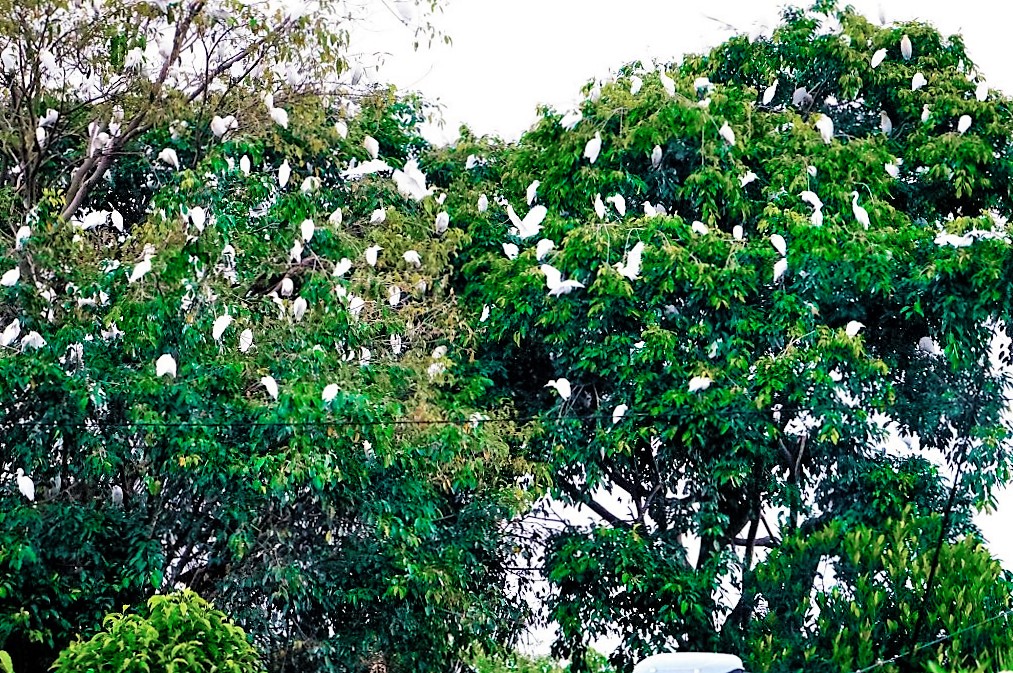
For eco-conscious travellers, observing animals in their natural habitat wins out over posing for selfies with confined or domesticated animals every time. To observe one of Bali’s most spectacular natural animal phenomena, head to the small town of Petulu to see thousands of Kokokan herons nestle in the trees above the rice paddies. This performance takes place every day at about 5:30pm, as countless flocks of herons glide down to rest for the night.
The locals believe that the herons are their supernatural guardians that bring them good fortune, and every six months a ritual is held to honor them. No one is quite sure why the birds originally appeared here in 1965 and have been returning ever since. However, legend has it that the herons are the reincarnated spirits of those that were killed in an anti-communist massacre that took place in Bali from 1965-66.
Essential info:
Address: Jl. Petulu, Petulu, Ubud, Bali, Indonesia
How to get there: From Ubud center, head north on Jalan Tirta Tawar. Keep going until you see the hand-drawn sign for Petulu village.
On safari
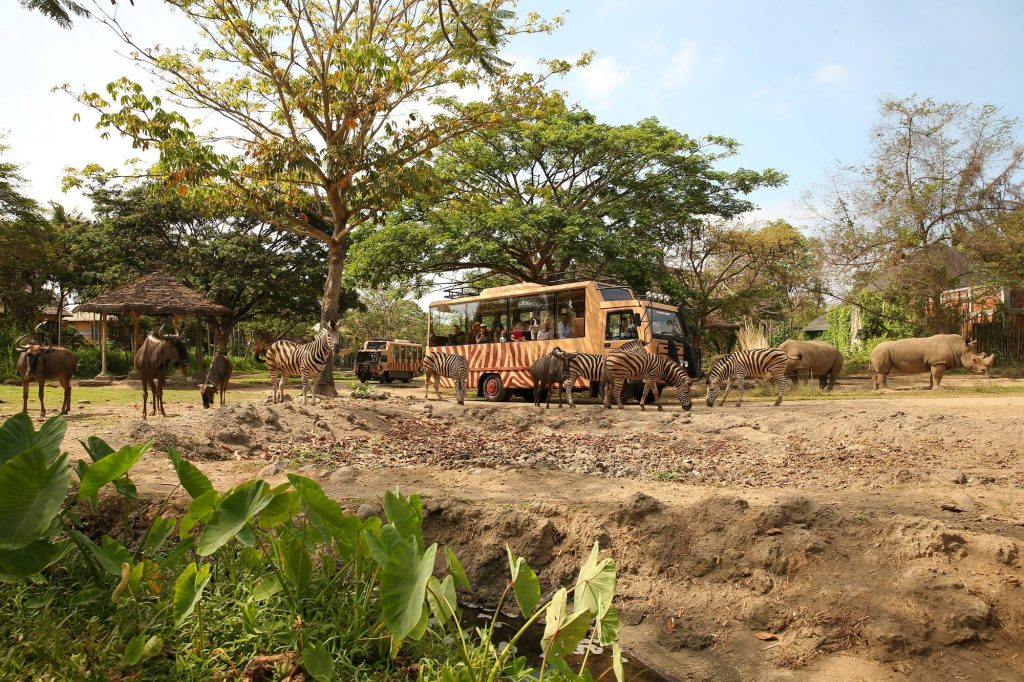
Another option for those who crave to get closer to animals in Bali is to visit the Bali Safari and Marine Park. Covering an area of over 40 hectares of land, visitors that ride on the safari bus have the chance to see a plethora of exotic animals that roam free in enclosures designed to mimic their natural habitats. In fact, the park is home to over 60 different animal species, including lions, tigers, zebras and African hippos, to name a few.
While the park doesn’t exactly provide what you’d call an authentic Balinese experience, you can’t argue that it’s not a fun day out. It’s also worth noting that it’s a member of the Conservations Breeding Specialist Group (CBSG) and is involved in the conservation and release of various species.
Essential info:
Web: https://www.balisafarimarinepark.com/home
Tel: +62 361 950 000
Address: Bali Safari & Marine Park, Jalan Prof Ida Bagus Mantra Km, 19.8, Bali 80551, Indonesia
Facebook: https://www.facebook.com/BaliSafari/
Instagram: balisafari
Kaleidoscope of colour

For more of a relaxing experience, head over to the recently-opened Kemenuh Butterfly Park. The beautifully landscaped garden enclosures here are home to a spectacular array of over 500 butterfly species, including Papilio peranthus, Common Cruisers and Atticus Atlas moths. Visitors can stroll through the expansive gardens past an array of tropical blooms, as butterflies flutter around them, bobbing from flower to flower. Stopping off here also offers up a plethora of colourful photo opportunities.
The park was set up by local businessman and nature enthusiast, Ida Bagus Witara, who wanted to establish the largest conservation park of its kind in Bali. There’s a chance for visitors to learn more about butterflies in the park’s information centre, too.
Essential info:
Web: http://www.kemenuhbutterflypark.com/index.php
Tel: +62 851 0002 1935
Address: Jalan Raya Kemenuh, 80582, Gianyar, Bali
Facebook: https://www.facebook.com/Kemenuh-Butterfly-Park-443035885896798/
Instagram: kemenuhbutterfly park
Tranquil sanctuary
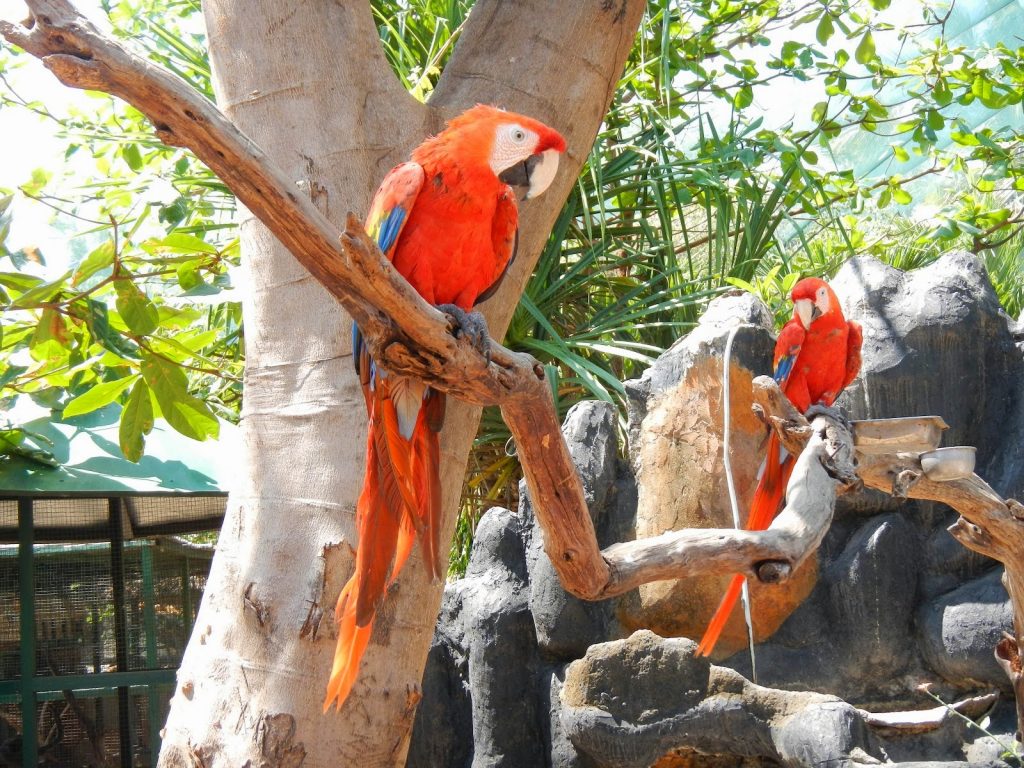
If you’re an animal lover that’s run out of places to explore on the mainland of Bali, why not take a trip to idyllic Gili Meno? This is the smallest and sleepiest of the Gili islands, and boasts a laid-back vibe that’s enhanced by the stunning tropical surroundings. For those that can’t get enough of Bali’s tropical birdlife, the island is also home to its own small bird park.
The park itself is attached to a small hotel – the Gili Meno Garden Lodge. Although small, this centre is home to an impressive array of exotic winged creatures including pelicans, parrots, hornbills and eagles. Parakeets, peacocks, mute swans and rainbow lorikeets have also made a home here within the leafy garden setting.
Essential info:
Tel: +62 0361 287 727
Address: Jalan Pelabuhan, Gili Meno, Lombok barat, Gili Meno
Sacred forest
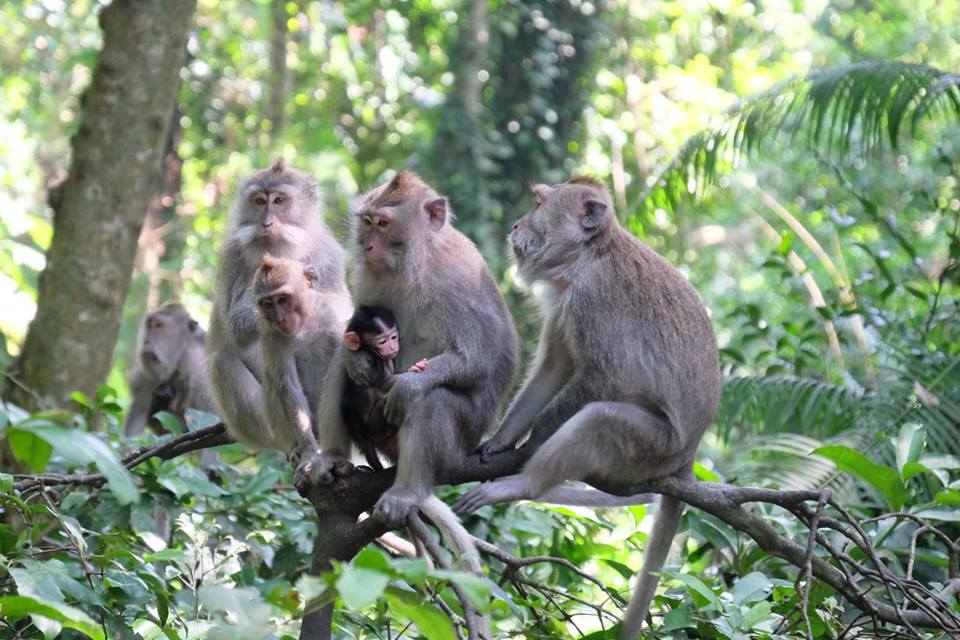
For any true animal lover, a visit to Bali would be incomplete without a trip to the sacred monkey forest in Ubud. Nestled on the edge of the town, more than 300 grey-haired macaques call this leafy haven home, leaping and hopping amongst through the intense tangles of jungle between moss-covered temples and shrines.
If you’re heading to Ubud’s monkey forest, or indeed any of Bali’s other monkey-inhabited areas, it’s worth remembering that no matter how cute these critters are, they’re still wild animals. As such, it’s best to enjoy them from a distance and avoid feeding them any snacks. The bananas and peanuts that you may see on sale to feed the monkeys actually disrupt the creatures’ natural feeding cycle, and are ultimately detrimental to their health – no matter how keen the monkeys are to eat them!
Essential info:
Web: http://www.monkeyforestubud.com/
Tel: +62 361 971 304
Address: Jalan Monkey Forest, Padandtegal, Ubud, Bali, 80571, Ubud
Facebook: https://www.facebook.com/MonkeyForestUbud/
Instagram: monkeyforestubudsanctuary
Want to know more? Then check this article about the Animal Sanctuaries in Asia.

